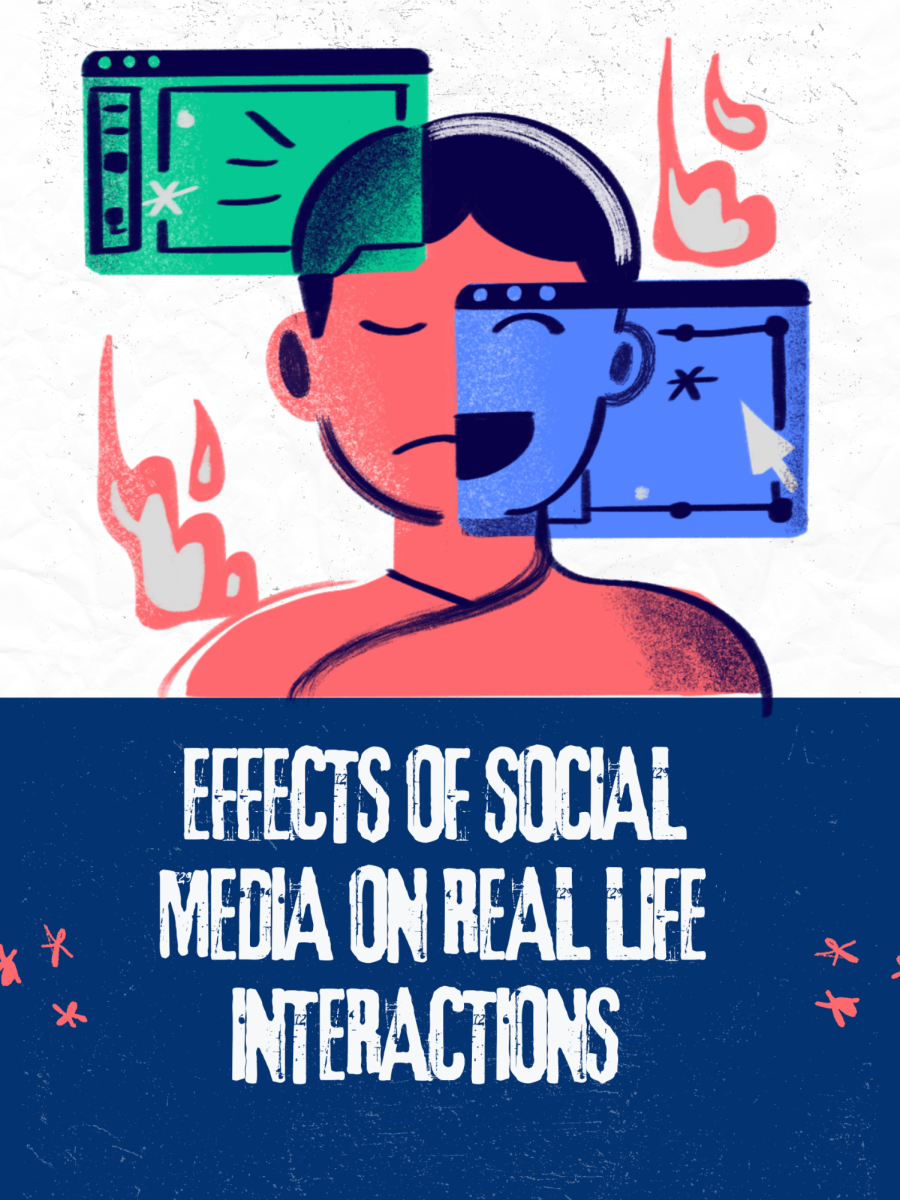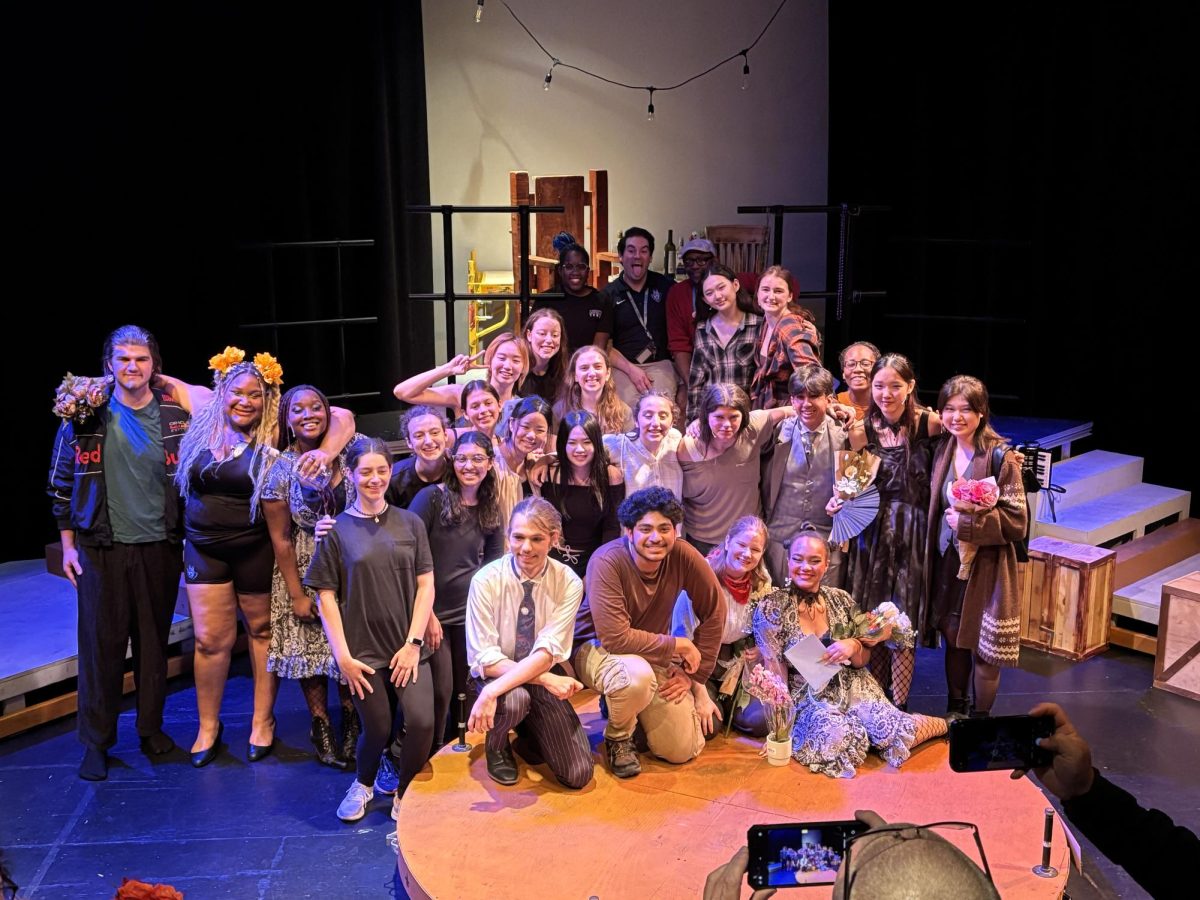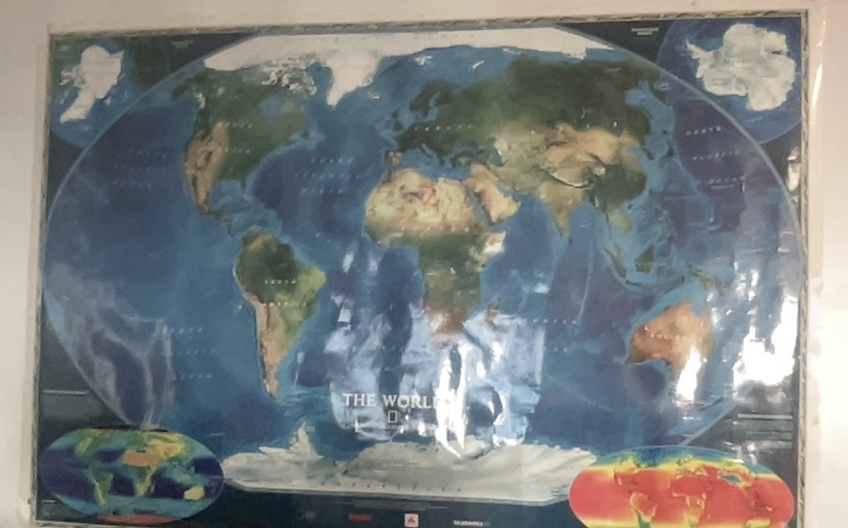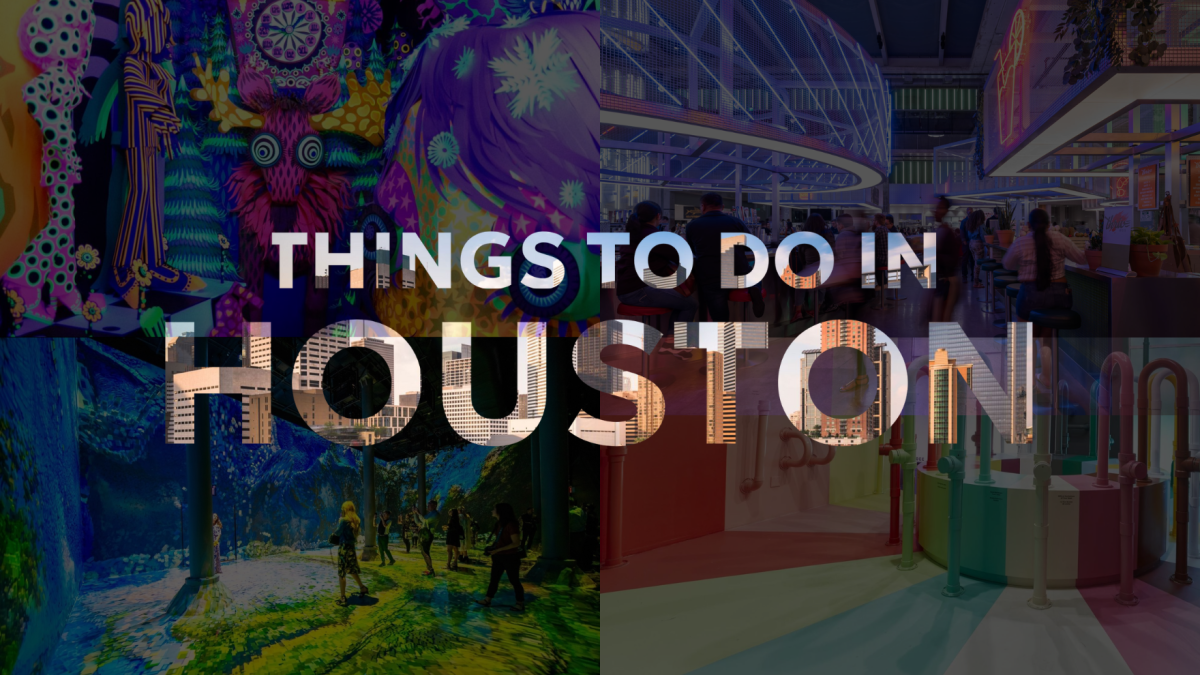“Social media changes the way we communicate and the way we are perceived, both positively and negatively. Every time you post a photo, or update your status, you are contributing to your own digital footprints and personal brands” said Amy Jo Martin, the author of the New York Times bestselling book “Renegades Write the Rules” which reveals the strategies behind the success of social media’s top celebrities today. Nowadays, social media is a massive part of everyone’s lives with billions of people contributing to various social media platforms such as Instagram, Snapchat, TikTok, X (formally known as Twitter), and many others. Since social media became popular, it has completely changed the way most people communicate and interact with each other. Now that social media keeps developing, it’s important to realize how it affects what people do daily.
Ways of Communicating:
Communication has been greatly influenced by social media. Conversations in person or phone calls were normally the main ways of communicating. But nowadays, most of the communication happens through texts, emojis, and even GIFs. The change in communication makes interactions quick and more convenient, which allows people to stay in touch wherever and whenever. Yes, this is quick and easy, but it makes conversations feel less personalized and meaningful. This is because when holding a conversation in real life, signs like body language, tone, and facial expressions help us understand the emotions of the person we’re talking to. Online, the expressions aren’t there and it leads to misunderstandings.
Helping or Breaking Relationships?
Social media has both positive and negative effects on relationships. Positively, platforms provide opportunities to connect with many people from all over the world, almost as if distances don’t exist. It helps with easy communication with friends, meeting new people, and much more. On the negative side, social media builds up loneliness and sadness. The University of Pennsylvania Study in 2018 proves that while social media can make you feel “connected” many people actually feel more alone than ever. The purpose of social media is to post content, whereby most people only post their best moments, this leads to insecurity and comparisons.
The Cost of Constantly Being Online
An additional impact of social media is its effect on mental health. It’s a source of entertainment that allows people to express themselves through content, but excessively using social media has been proven to lead to higher levels of stress, anxiety, and depression according to the same University of Pennsylvania study. Repeated notifications, and scrolling through negative content cause emotional exhaustion. For The Village School students who are dealing with many changes in their educational and adolescent experience, the risk of cyberbullying makes things worse. Social media platforms like TikTok, Snapchat, and Instagram make it easy for harmful messages to be sent which causes emotional harm, especially for high school students who are more likely to get affected due to the impacts of bullying. Being able to easily share harmful content makes it harder for people being bullied to get out of their situations.
Since social media forms an important part of student’s lives, it’s important that The Village School knows the advantages and disadvantages of social media and how to use it properly. Social media is a platform that allows for connectivity no matter the location, but it also has its downside like making people feel lonely and stressed. Understanding the effects of social media helps students use social media in a way that benefits them with school or their daily lives rather than causing damage. It’s key to find a balance between online and offline interactions to create healthy relationships in real life while keeping mental health stable. It helps students make a conscious decision on how to use social media daily.
Resources:
How-social-media-changing-way-people-get-know-one-another








